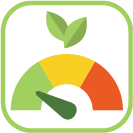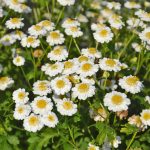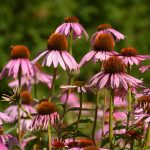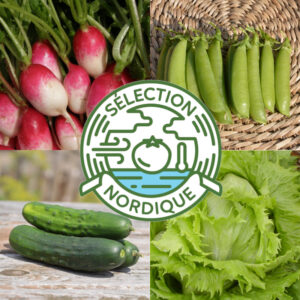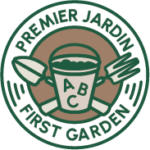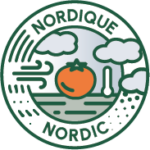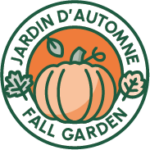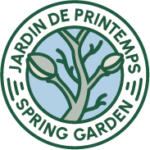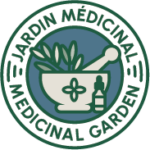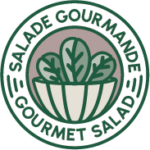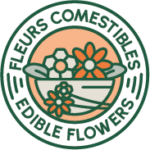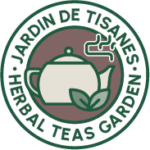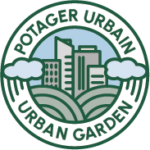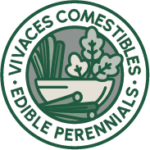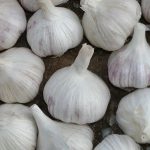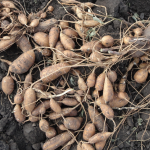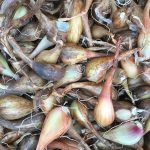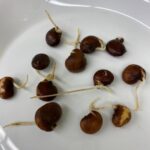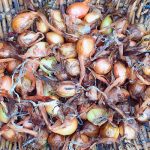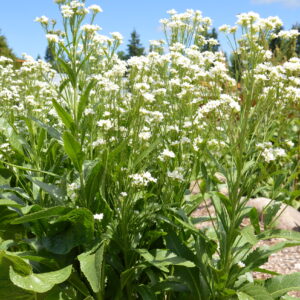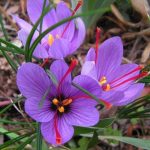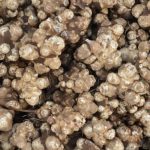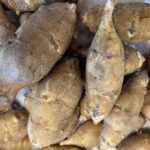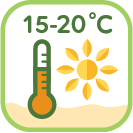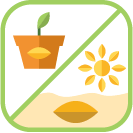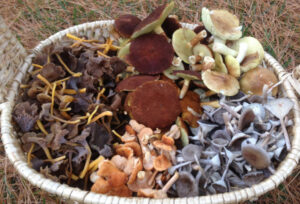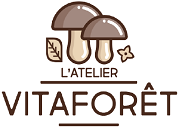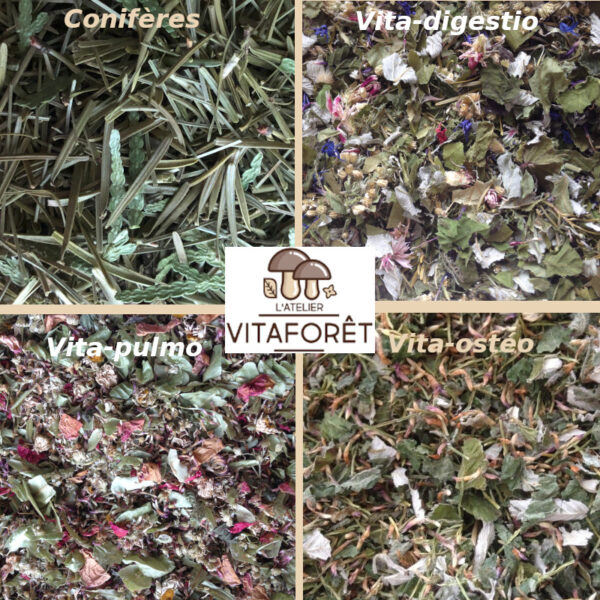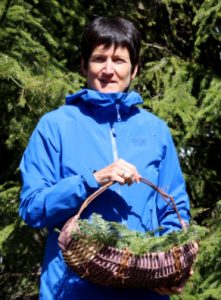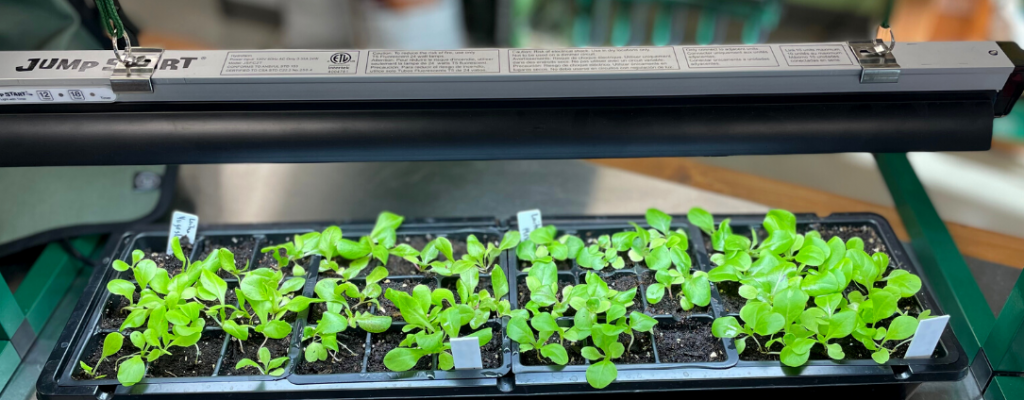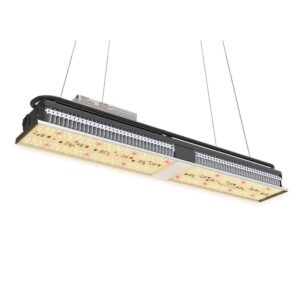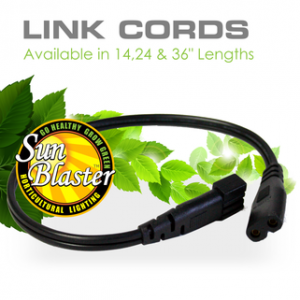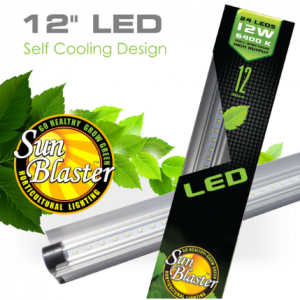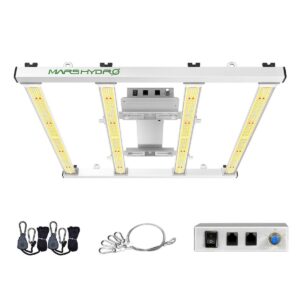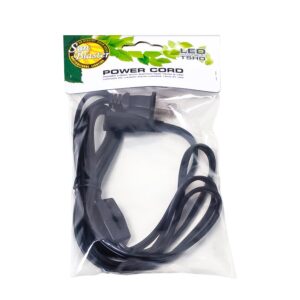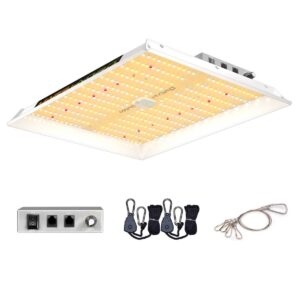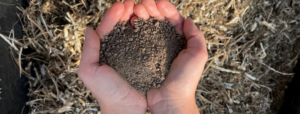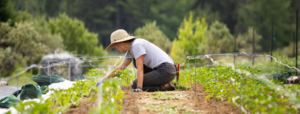a special collaboration with Martin Lejardinier
The first lamps: fluorescent tubes
Let's start with fluorescent tubes. For several years, it was the most used source of lighting for sowing seeds. First there were the T12s, large tubes with very little performance, the T8s, tubes with a smaller diameter than the T12s but more efficient and finally the T5, tubes with a smaller diameter and even more performance. These tubes have many disadvantages, firstly they lose efficiency very quickly and they are very fragile.
LED technology: high intensity tubes and lamps
Today, I consider that fluorescent tube technology has been largely overtaken by LED tubes. They are much more efficient, consume less electricity, and lose little or no efficiency. LED tubes last much longer than fluorescents and are also much less fragile. They are very effective for growing plants that are less than 30 cm tall, making them a preferred choice for growing seedlings, lettuce and other leafy vegetables. However, if you want to grow plants that measure more than 30 cm high, you will need to turn to high-intensity LED lamps.
Outdated technology : high intensity discharge lamps
LED lamps have replaced HID (high intensity discharge) lamps which included metal halide (MH) bulbs and sodium bulbs (HPS). Although these bulbs were very efficient, they were also very fragile, lost efficiency very quickly and were expensive. Finally, their greatest faults were that they consumed a lot of electricity and produced a lot of heat.
This technology is now outdated and if you want to equip yourself with lighting, I suggest you opt for high intensity LED lamps. For what? Firstly because they are safer, last much longer and your return on investment will be made, in many cases, in one season, just in saving electricity and thus, your fruits and vegetables will cost you much less expensive to produce.
Units of measurement
Now how to choose our tubes and lamps? First you will need to master some basic concepts, such as units of measurement, which I will try to popularize as much as possible.
The units of measurement of light perceived by the human eye are:
- lumens (lm): measure the luminous flux produced by a light source. The higher the number, the more powerful the light source.
- lux: measure the luminous flux of one lumen on an area of one square meter. Be aware that the luminous flux varies greatly depending on the distance between the illuminated surface and the light source. It degrades very quickly; the further the surface is from the light source, the more it decreases. Conversely, the closer the surface is to the light source, the higher the lux number.
- degrees kelvin (K): this unit of measurement measures the heat emitted by a light source. But be careful, when we talk about heat, we are not talking about temperature but about the color of the light source. The smaller the number, the more red the light contains, and the larger the number, the more blue it contains. For example, a 2800k light source contains more red, which promotes flowering. As for it, 6500 k light, which is often called 'daylight', contains more blue, which promotes the growth of plants as well as the production of chlorophyll.
Which lamps to use?
While this may seem complicated, you just need to remember the following information.
If you only want to seed in the spring or grow leafy vegetables indoors during the cold season, 120 cm LED tubes, 6500 k and at least 2000 lumens each will do the job very well. For example, if you have a shelf 120 cm wide by 45 cm deep, you can install up to 6 tubes per level. If you have 4000 lumen tubes, simply divide the number of tubes by 2, so for the same size shelf, 3 tubes per level will be enough. Remember that the closer your plants are to the light source the more light they will receive, which will reduce the risk of wilting. Indeed, if your plants wither and grow proudly, it is because they certainly lack light.
However, if you want to grow plants over 30 cm in height and which will produce flowers, fruits or vegetables, it will be more interesting to use a horticultural LED lamp. These lamps are much more powerful and have a light spectrum that will meet the needs of your plants much better, from growth to fruiting. You can also find horticultural lamps Mars Hydro on the Jardins de l'écoumène online store, which will meet your needs. These are entry-level lamps which are available at a very acceptable price, as a result you will have a return on investment much more quickly than with other types of more expensive lamps. If you opt for horticultural lamps, be aware that they must be placed at a minimum distance which varies between 30 and 45 cm, depending on the species. This will allow you to get the most out of the lamps while avoiding burning your plants.
You will notice that most LED lights do not have reflectors. LEDs have a unidirectional light output, meaning they shine in the direction you point it. So no need to add a reflector to your LED tubes or lamps.
There you go, I hope you will see things more clearly when choosing your lighting! To learn more about indoor gardening, I invite you to subscribe to my channel YouTube as well as my page Facebook 'Martin Lejardinier – Indoor horticulturists'.
Happy gardening, vegetable gardeners!

